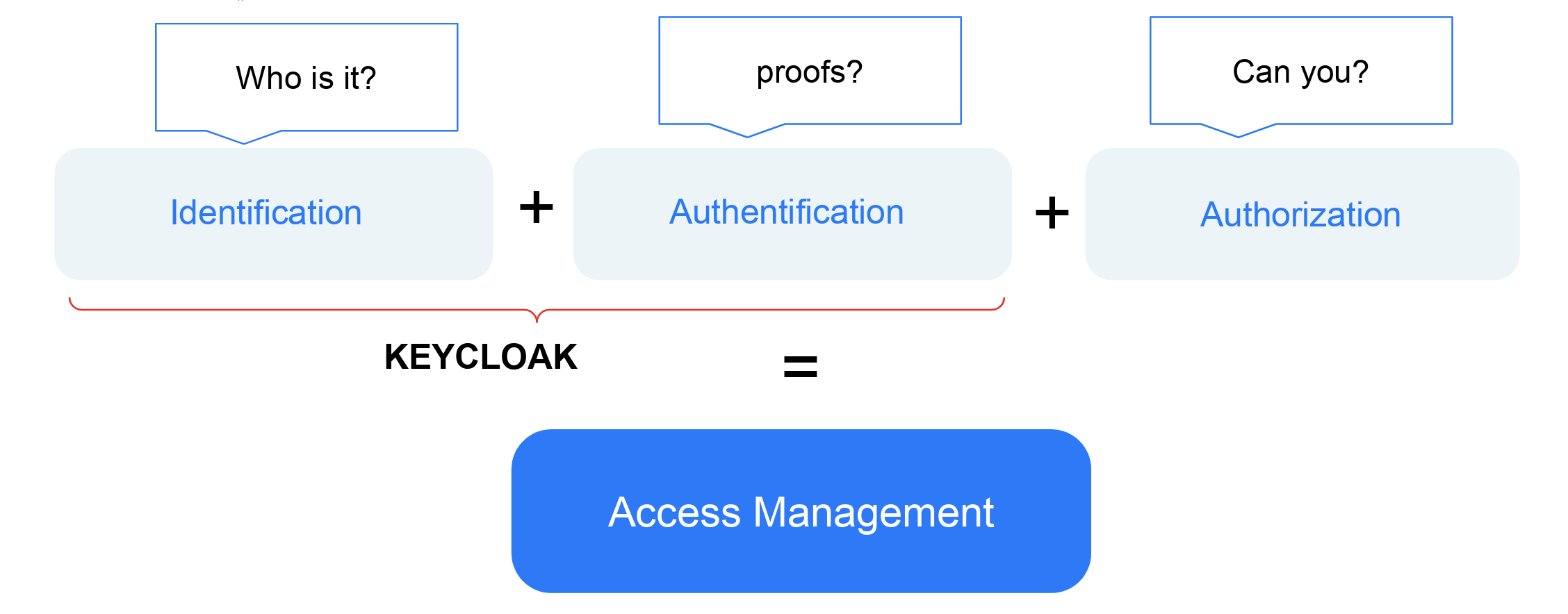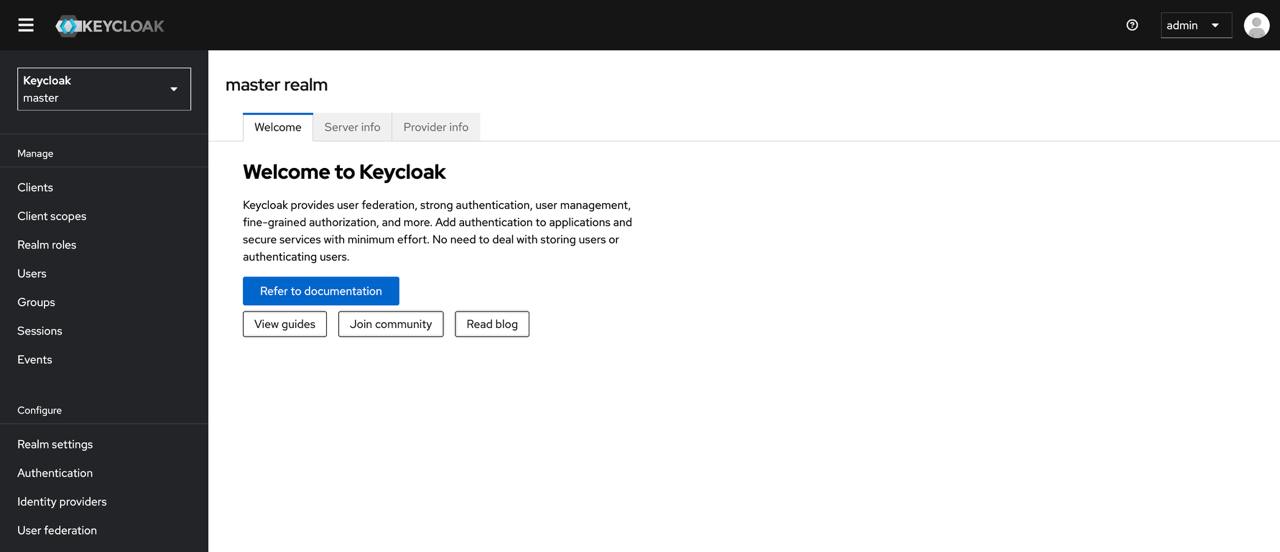Enterprise Authentication. Part 1. Basics
Keycloak configuration basics
Since working with a lot of different software development and engeneering teams I noticed that a lot of my collegues are not clearly understood all shades of contemporary authentication protocols, moreover frequently confuse authentication with authorization and identification. In this articles I will try to explain what is authentication, how it works based on most popular protocols and how to work with this protocols using Keycloak
Seems like it will be a lot of info, so I will split it into a few parts.
- Enterprise Authentication. Part 1. Basics <- you are here
- Enterprise Authentication. Part 2. Directory Services and LDAP
- Enterprise Authentication. Part 3. Kerberos
- Enterprise Authentication. Part 4. SAML
- Enterprise Authentication. Part 5. OIDC
- Enterprise Authentication. Part 6. Keycloak in depth
What is authentication (and what it isn’t)
First of all we should see the difference between 3 concepts: authentication (authN), identification and authorization (authZ):
- Identification is responsible for recognition a person in front of us (Who is it?). It should be anything from simple login form up to QR codes from already logined device or every face recognition
- Authentication is responsible for verification of identification procedure. Also a lot of options possible here: password, confirmation codes by SMS/email/etc, one-time-password apps like Google Authenticator, etc. The main idea is to take some proof that person in front of us is exactly the same who he want to appear
- Authorization is the final step of access management process. It’s responsible for confirmation of person’s permissions for some actions which persons want to do. Basically it’s can be some kind of dialogue with some “arbiter” like “Can I? No/Yes”. Here also can be a lot of realisation options, but I belive that authorization is a subject for a separate article cycle (or may be even a RFC like 6749, which we will briefly touch in article about OIDC)
Keycloak which I mentioned before and which we will use for all our study cases is an open source identity and access management (IAM) software. It’s used for manipulating user’s identities(for identification), and as central authentication system 
Actually Keycloak also could be used for authorization purposes, but it’s not point of our interests now (however we see a few options in SAML and OIDC chapters)
As I said, here we will discuss the most popular authentication protocols. However, there are a lot of them and all of them are quite different, there are a lot of similar traits, so lets try to find some common term which we will use on whole our way. First of all, all of them try to grant(or not) access for some User to some Service (API for example). Also most of them try to differ some kind of interface which User used to get access to Service(for example mobile app or web site or smth else), usualy it is called Client. Besided that, for obtaining access to Service User should authenticate in some Authentication Service or simply AS(yep, it’s our Keycloak). Next, most of them based on conception of trust. It means that both of Service and AS are trust to each other and both of them can proof their identity to each other (usualy in some cryptographic way). Moreover, our User also trust to our AS and he also have some way (usualy also cryptographic-based) to proof it’s identity to AS.
Why so serious?
Seems like we can simply use login + password? Unfortunatelly we can’t. First of all, we don’t want to. Actually average person use a lot of systems in their life, and every has it’s own password (or, even worse, the same). Just imagine all this passwords you should to remember… Of course, there are some password management systems like Bitwarden, but all of them also have some exploites and all your passwords could be stolen one day. Moreover you could be accessible to some sensitive data (nuclear bomb codes). Are you really want to save password from nuclear button on the Bitwarden/paper on the top of your screen or even forgot it? If you see some Hollywood films, they are not use passwords, they use a physical keys/or retina scaner or something more complicated, and actualy, our large enterprises(Critical Informaion Infrastructure/КИИ) also use more complicated and secured authentication system. On the other hand large enterprise has a lot of systems, and if each of them will use it’s own IAM it will be a real chaos every time when new employee gets a job, or someone get fired. Administrators should add or delete new user from every system. So the last our concern will be the one unified IAM, to rule all systems. So, what we should do?
SSO
So, here we have a few concerns:
- we want to have one password per employee, or don’t have at all
- we want to be able to use physical keys instead of passwords
- we want to operate all identities and permissions in one system
To meet them all let me introduce an Single Sign On (SSO) technique. The main idea is that we have one authentication system which one all our enterprise system trust. If we have one access control system we can connect it to one single identities database and also can apply any security measures we need. In later chapters we will meet a different realisations of such authentication system and different SSO protocols.
Keycloak
Well, now we know authentication basics, lets do something tricky.
For all experiments I will use this docker compose scripts (please don’t use them in production, they called “sandboxes” not just for fun). To run them up just clone repository, add record
1
2
127.0.0.1 keycloak
127.0.0.1 keycloak2
to your /etc/host(or C:/system32/drivers/etc/hosts) and run
1
docker compose -f keycloak/keycloak-postgres-dc.yml up
This will set up a few docker containers and in a few minutes you can go to http://keycloak:8080 and see Keycloak admin panel. Default login and password are admin:Pa55w0rd
Keycloak Basics
Let’s talk about key concepts of Keycloak.
- At the left side of the Keycloak admin panel we can see a panel with two tabs groups “manage” and “configure”. In this part we will talk only about “manage” group, some configuration items we will touch in the further parts. First of all we will talk about users. Users are some persons that will use our applications and authenticate to them throught keycloak. On the “users” tab you can create user or drill down to existing one (admin). Every user has some attributes(username, email, etc), credentials(password) and may have some roles and sessions. About roles we will talk a little bit later, now lets take a look into a sessions. Session is a some kind of usage of some application(client) by some user. Session can be expired(user ends usage) or active(user use an app now).
- Upper to the Users tab there are Clients tab. As we discussed before, Clients is an application throught which one user will authenticate. It could be anything: mobile app/browser SPA or desktop client and for all of them we can configure different permissions and other options. First of all you should select a protocol for your client, keycloak supports two: OpenID Connect(OIDC) and SAML. Both of this protocols we will discuss later in respective parts with all their configuration settings.
- Last tab we will see here is “Realm roles”. It represent some user roles which will apply to user without client affilation. Actualy I will talk here about roles in common because if you want to apply some role per-client you can do it by just drilling down to client and than jump to “Roles” tab there. First of all, there are two common approach for permission management ABAC(attribute-based access control) and RBAC(role-based access control), the difference is in granularity of access. ABAC provides an access for every single resource unit(attribute). For example if you have some news website, you can add a separate attribute for every single news. On the other hand, RBAC provide access based on user role. So, if your news website have some administrators, you can assign them different role from plane users.
If you want to read more about ABAC and RBAC you can start here As you can guess, Keycloak provides RBAC by default, but, actualy you can create keycloak role for every attribute and someway mimicrate ABAC. In keycloak perspective roles is just user attribute which will someway passed to the final service and based on whos it service will grant access to user or not. So, in keycloak role have only a name and a description, because all permissions related to role will be defined on the final service side.
- Finaly, at the top of the admin pannel we can see a dropdown with selected “master” item. “Master” means a name of the current realm, which is somekind of Keycloak tennant. You can create your own one (or use existing “master”). Realm shares all users, roles, clients and other settings, so if you have some clients who should share nothing between (different companies, for example), you can split them using realms.
Here we are. In the next part we will talk about LDAP protocol.
